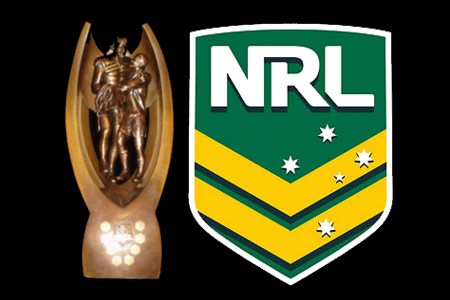After The Super League War the newly formed National Rugby League had a problem on it’s hands.
It had more clubs than it wanted and all of them were spending more money than they had. Players salaries were completely out of control and the NRL knew it had to get spending on player salaries back to affordable levels.
By the time the old Super League salaries had been worked out of the game the NRL’s new baby was parity. It wanted to build a competition in which every team had a chance of winning in any given season. At the same time, the salary cap kept the under funded game from spending itself to death.
This is Rugby League, and self interest rules. Everyone knows that if teams can get away with cheating, they will cheat. That also includes cheating the salary cap.
The NRL therefore policed the salary cap vigorously. It made sure there were no loop holes that teams could exploit. I made sure that no team had an unfair advantage over anyone else based on location or media presence.
This allowed a club like the Wests Tigers to compete against a club like the Brisbane Broncos. We had an even playing field, and the NRL did everything it could to make sure it remained that way.
In 2013, things have changed a bit….
Rugby League is no longer an under funded sport. That the game now has enough money that it can comfortably put $40 million in the bank every year says it all.
The rise in the salary cap means that a third party sponsorship a player might organise for say $200,000 a year isn’t really that big of a deal any more.
Only a few years ago, a deal like that would have worried the NRL. A deal like that could have allowed a club to lure a top of the line star. Teams in big media markets could have exploited deals like that and lured players away from clubs like Canberra, Newcastle and North Queensland where they simply don’t have the commercial base to compete with teams based in major cities.
Not too long ago, $200,000 was a major chunk of salary cap space. Allowing a player to earn that much outside of the salary cap needed to be controlled.
Now, that is simply not the case.
As the salary cap rises all these loop holes of the past become less relevant. That $200,000 third party sponsorship of the past is now a much smaller component of a players overall income. It is also a much smaller fraction of what the current NRL salary cap is set at. It is no longer the giant issue that it once was.
It is clear that in 2013 the NRL has to make changes o the salary cap. Rugby League is the only sport that I know of with such a restrictive salary cap. It is the only sport I know of that views anything out of the norm, say signing a player from overseas or a different sport, as something to fear rather to embrace.
The NRL salary cap needs freed up and simplified. It needs to be less restrictive and allow the game to be proactive when it comes to signing and retaining players.
In short, the NRL salary cap needs to get with the times. The fears that gripped the game in the past no longer apply. The sport is in rude financial health and looking to grow. New salary cap rules should be brought into law so that the game can continue to remain the greatest game of all.









